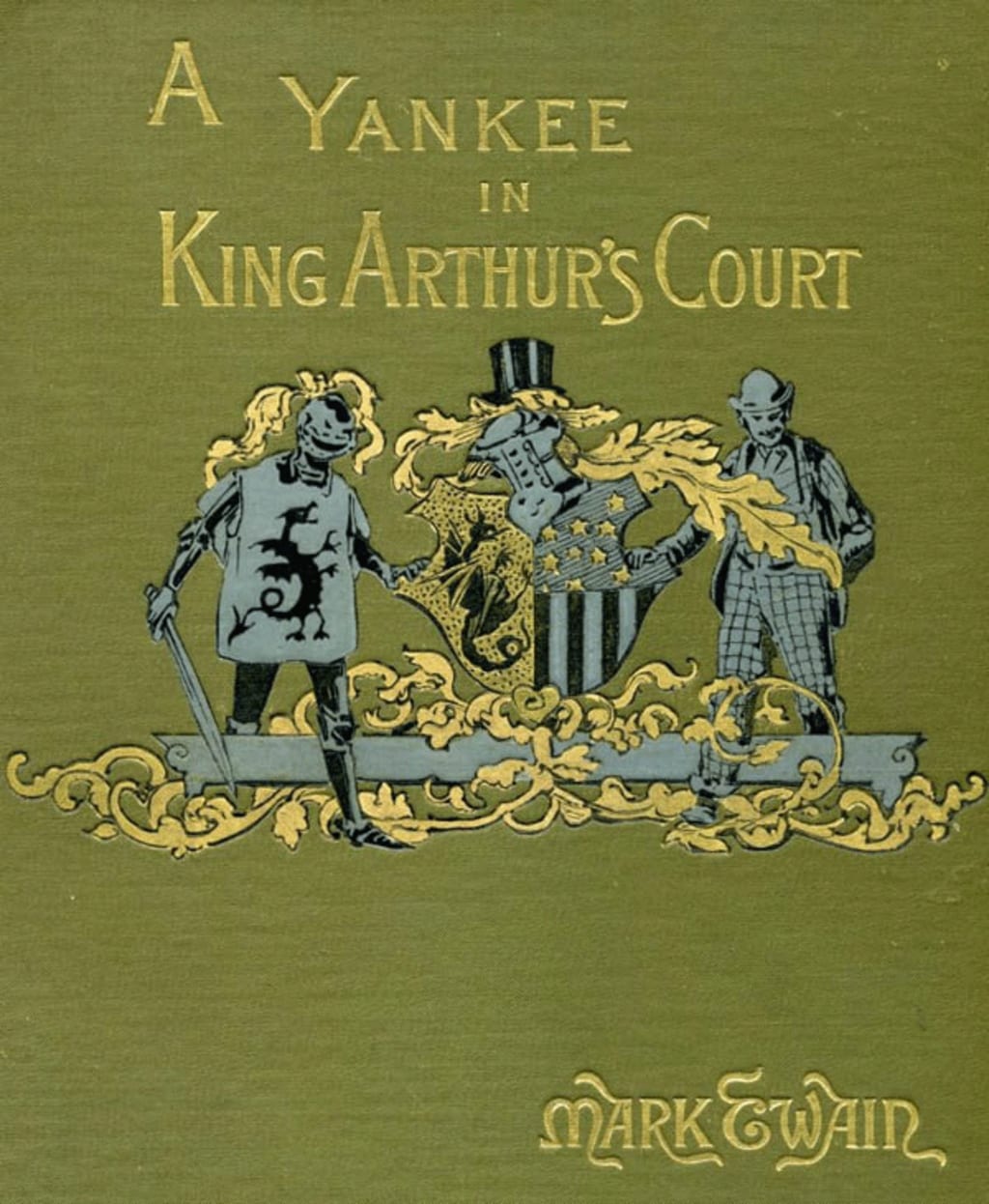Time Travel: A Primer for the 4th Dimension
Part One: What is time travel?

Time travel has been a dream of science fiction writers for at least a hundred years. In 1889, Mark Twain wrote A Connecticut Yankee in King Arthur's Court, a story about a contemporary (19th Century) man who, after a blow to the head, finds himself back in the time of legendary Britain at King Arthur's court. H.G. Wells envisioned his Time Machine story in 1895. Since then, uncountable stories and a few theoretical physics professors have speculated about time travel. But just what is time travel?
It might be said that we are all time travellers moving at the same pace forward into the future. But what if you could speed up the process or slow it down? Einstein had a few ideas concerning how time might speed up or slow down noticeably when in the presence of very powerful gravity wells (such as black holes) or when traveling extremely fast (near the speed of light). These scientific physical properties of time dilation can be measured and confirmed by very sensitive computers and telescopes even under normal observable circumstances. Some have speculated that travel through space at speeds greater than light might correspond with time travel-like effects. But so far we have been limited to our imagination when it comes to manipulating the flow of time. What if you could make it move backward or forward in the blink of an eye?
Time Travel, so far, is just a thought experiment about what might be possible if you could go to some other time and place in the future or the past that would otherwise be impossible for a regular traveler.
It must be said that travel through time might also need to include travel through space as well. For instance, moving forward in time might just require you to speed up the flow of time for yourself. You might continue to occupy the same place seeing time zip past you at an incredible rate. But if this were so, you should expect that to others you might appear to be frozen in time or moving extremely slowly as they go about their business, aging more rapidly than you. But many time travel stories don't work this way. They mostly have the time traveller disappear completely only to appear later at the desired time and place of destination. Even if the place seems similar, you must keep in mind that our planet moves very rapidly through our solar system, which itself is moving even faster, and so forth. If a time traveller does not stay frozen into a location for the duration between times, then they must disappear and reappear somewhere and somewhen else. Teleportation through time and space seems to be the normal type of travel in most modern stories of time travel. Just trying to imagine travel backwards in time while maintaining a fixed space can be mind bogglingly confusing. No doubt the traveller would see the rest of the world moving backwards. Likewise, the rest of the world would see the time traveller aging and moving backwards as well. But how to exist in the same location as your past self when travelling backwards in time practically insists on the need for teleportation to make it logical, much less plausible. Many stories only allow for the mind to travel backwards in time, specifically to avoid the confusion of the physical oddity of a single person existing in more than one place at the same time.
Time travel often requires a device or a vehicle in many stories. Some stories rely on a mental, psychic, hypnotic, or magical power that controls the time travel. Some stories include time tunnels often called portals or doors, sometimes naturally occurring and sometimes man-made.
Whatever the means of travel through time, the goal is often the same: to change or avoid something that has happened or that seems likely to happen. This can cause all kinds of problems. The future seems easy enough to change, but changing history is likely to cause problems. If history didn't happen the way it gets changed, that begs the question of what happens next? Is another version of history created by the change? Can a time traveller change himself, or create a new and different clone of himself? What happens if multiple time travellers try to chase each other around through time? Do they go back to their own history or do they go back to the new history created by the traveler they are trying to chase?
And if they can all change history, how do their changes stack up with the changes of everybody else that is time travelling?
What happens if someone does something that is contradicting, a paradox of logic, like killing their past self or causing events that change themselves or cause them not to exist in a past time?
We have now left the discussion about what time travel is and moved on to the much more difficult and speculative problem of “How Does Time Travel Work?”
(Continued in Part 2)
About the Creator
Jacob Holcomb
Jacob is a retired Software Dev who works at the cineplex to see free movies. This old-school Geek has been a Dungeon Master for over 30 years and also struggles with real life problems like Diabetes, Anxiety Attacks, and Bipolar Disorder.






Comments
There are no comments for this story
Be the first to respond and start the conversation.